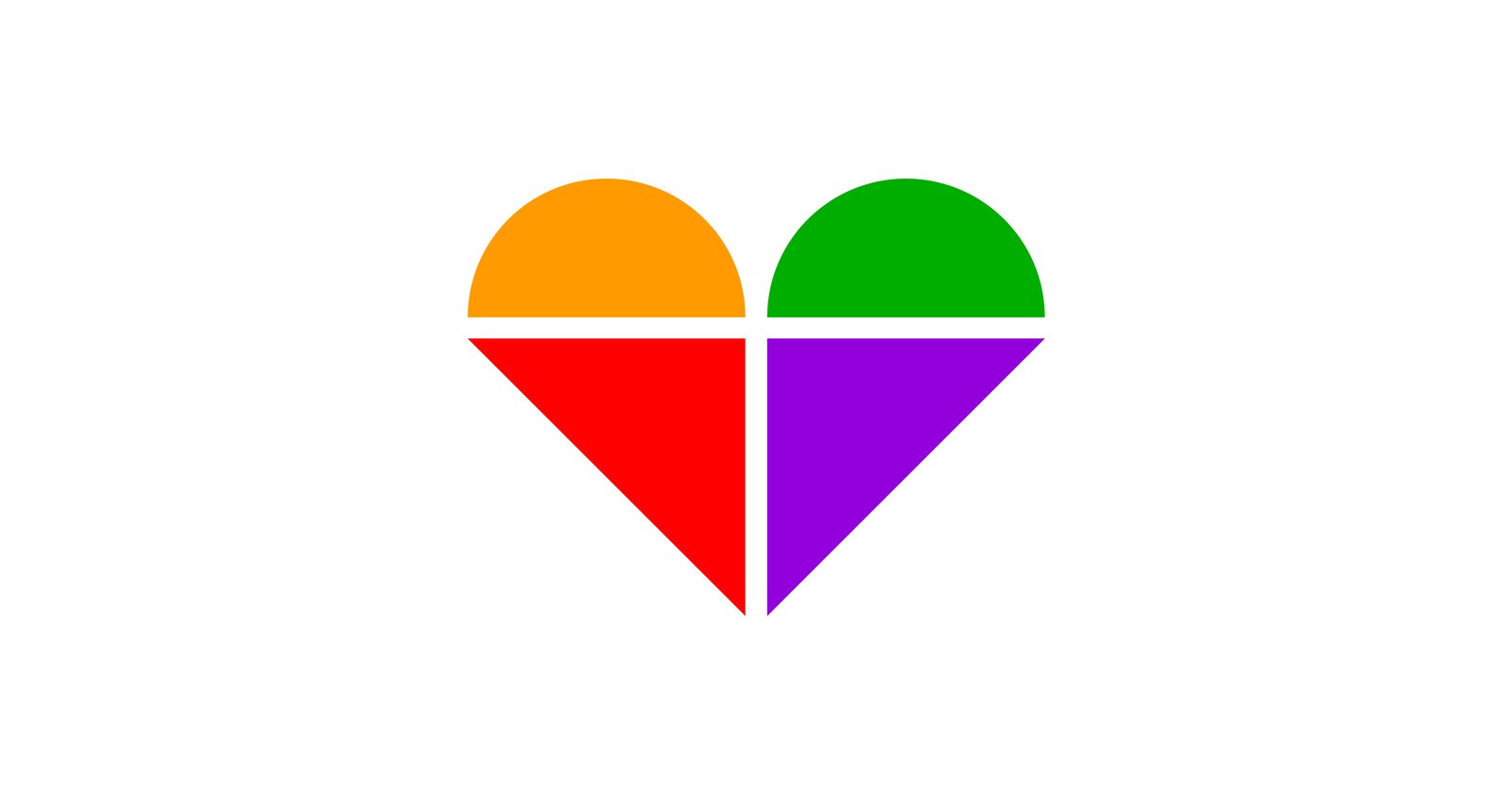There was a time when content personalization was as simple as including your prospect’s name in the subject line of a nurturing email. Thankfully for you and your customers, personalization has evolved into much more than simply showing your audience you know their basic demographic information.
What is Personalization in Digital Marketing?
To personalize your content means to tailor it to your audience segments and their respective desires, motivations, and problems they need to solve for their business. When content is personalized, it creates value for and builds trust among your target audience.
How marketers are driving growth through personalized content
As we mentioned earlier, customers need brands to do more than just master their demographic information. Instead, they want to feel heard and get their needs met through your content.
A great rule of thumb is that each interaction your customer has with your brand should leave them feeling like your company makes their lives easier.
Now that we’ve explored exactly what we mean by personalization and how it can help your business, we’ll share our list of best practices for personalizing your content.
1. Align with your buyer personas and buyer’s journey
When visitors find that your content not only covers subjects they care about but also helps them solve their problems, they’ll view your brand as a trusted resource and will be sure to keep coming back for more.
If your buyer personas and buyer’s journey are up to date, creating content that’s tailored to your audience segments and behaviors will be a no-brainer (and if they aren’t, here are two resources you can use to create buyer personas and implement a buyer’s journey for your business).
2. Create content that’s accessible, engaging, and useful
While step 1 will give you a sense of the subject matter your audience will want to learn about, the format in which your content is delivered can be just as influential.
Digitizing your content so that it’s visual, interactive, and experiential will leave visitors feeling like they’ve had a two-way dialogue with your brand.
3. Pay attention to what’s resonating with which segments of your audience
If you’re publishing content using the right technology, you’ll quickly get a sense of the type and format that resonates best with different segments of your audience.
Content creation platforms like Foleon can help you ensure your content is being published using measurable, web-based formats and will enable you to adjust your strategy in real-time depending on your audience’s preferences.
Personalized content should ultimately build value and trust among your target audience, which will be easy enough if they feel like your content reflects their wants and needs.
We’ve worked with countless companies that have used content personalization to attract and retain customers and ultimately grow their content marketing ROI.
Visit our blog post for examples of web content personalization, or read our whitepaper with the Content Marketing Institute to learn how intelligent content experiences can be used along with personalization to overcome the barriers to content creation.


.png?width=527&name=Overcome-Content-Creation-Barriers%20(1).png)
